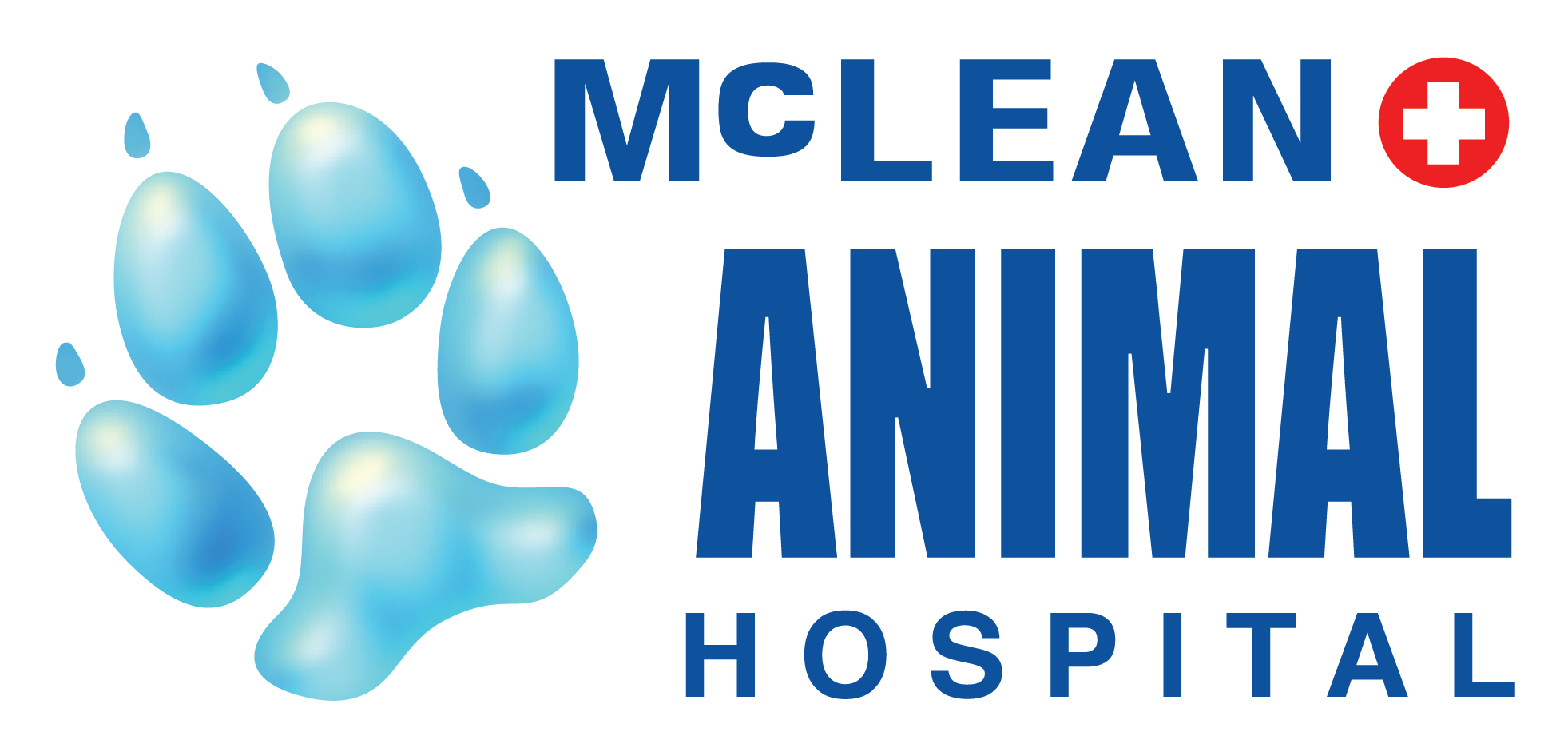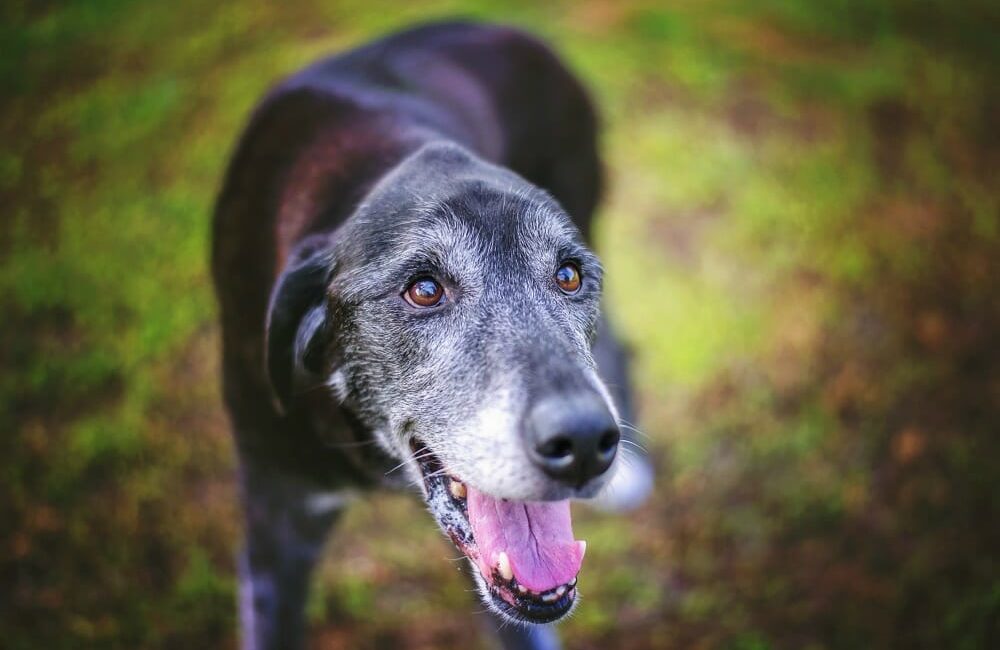Cognitive dysfunction is quite prevalent in our senior pets and often goes unnoticed. In dog’s age 11-12 yrs, 28% had at least one of the following clinical signs of cognitive decline. In cats, it is even higher, and 55% had at least one clinical sign. It is one of the most underdiagnosed conditions because people often consider these changes to be due to normal ageing. They may not think it’s important to mention it to their veterinarian. There is no test that we can use to diagnose cognitive decline, and we must question the patient’s history and look for these clinical signs.
Disorientation – this includes confusion, staring at the walls and staring off into space. Getting stuck in corners and having a hard time maneuvering around doors. They also may not know how to respond to basic commands anymore.
Social interactions are affected. They may not recognize family members or may want more time alone or the opposite. They may not be interested in playing or receiving attention. Aggression towards other pets or people in the household may also arise.
Sleep-wake cycles change – you may notice that your pet spends the majority of the day sleeping and then is wide awake at night. They may experience restlessness or vocalizing at night.
House soiling is common with older pets due to your pet no longer signalling to go outside. They have both urine and bowel movement accidents because they forget their basic house training.
Activity and anxiety levels may be affected. They may develop new phobias to things that didn’t bother them in the past and may not adjust to new situations as easily. They may become more reactive or display repetitive behaviours, such as circling, wandering, pacing, and lip licking.
Treatment for this condition is aimed at slowing down progression and supporting the brain’s chemical levels through specialized diets, supplements, antioxidants and possibly antianxiety medications. Behaviour modification and environmental enrichment are important as it helps slow progression. It may include creating a structured routine that offers more exercise and daily walks, as well as play time. Teaching them new tricks and giving them food puzzles is also beneficial to provide stimulation.
Talk to your veterinarian if you are concerned your pet may be affected and please don’t assume this is normal ageing. It is a treatable condition that can significantly improve your pet’s quality of life.
Written by: Niki Low, DVM




